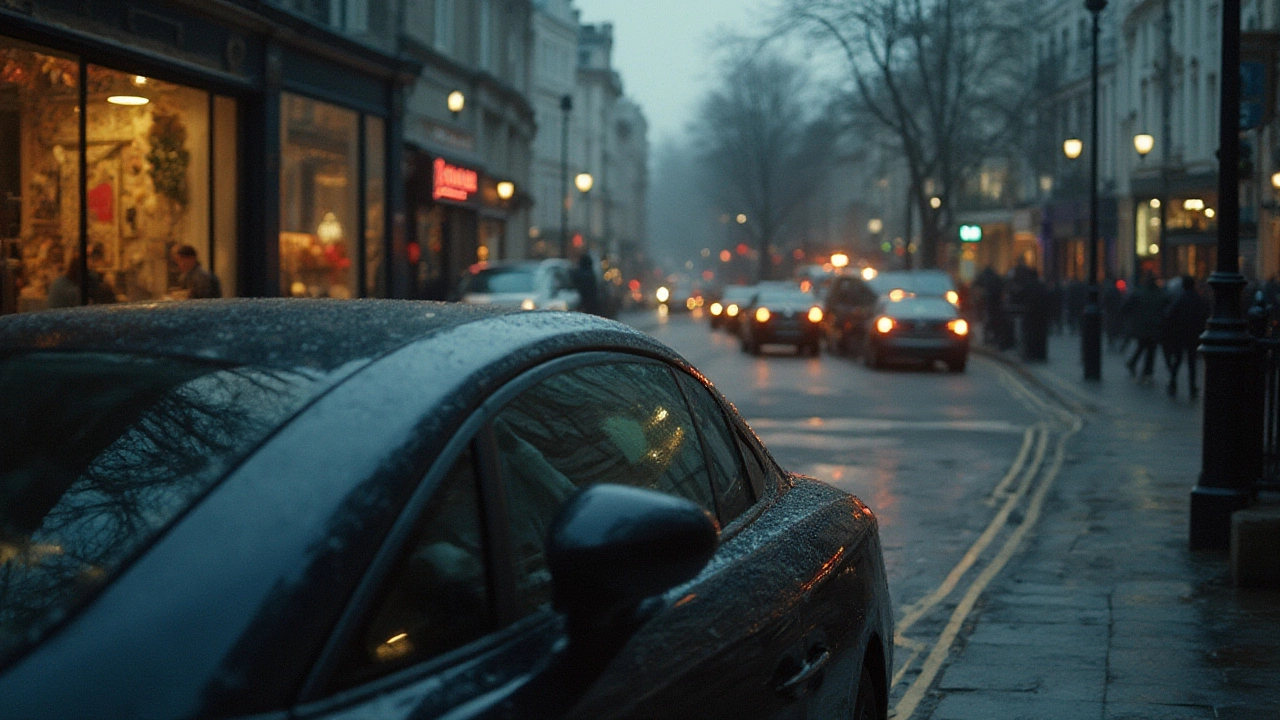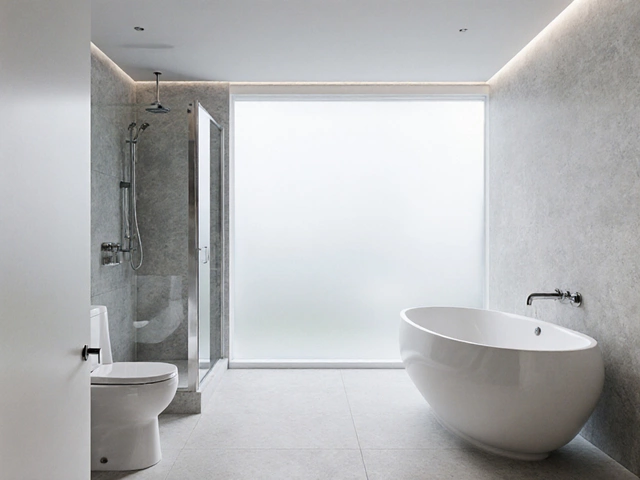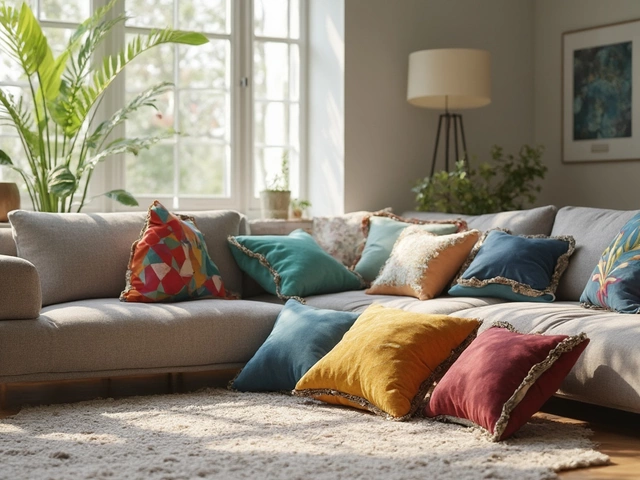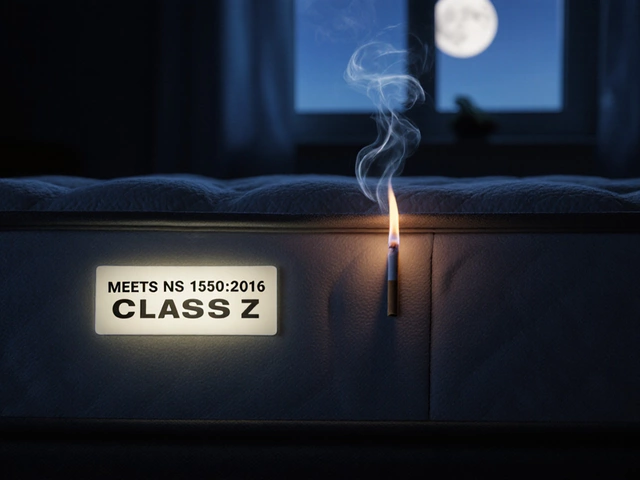3 Types of Mirrors Explained: Plane, Concave & Convex for Home Spaces

Imagine a world without mirrors. Would you trust your hair part, or cut your own bangs? Probably not. Most of us glance in a mirror several times before breakfast. But do you ever stop to think about what makes one mirror different from another? Sure, they all reflect, but the science behind mirrors is seriously fascinating—and surprisingly simple once you peel back the surface. Three main types of mirrors shape everything from how you check out your outfit to the safety features on your car. Let’s open up the world of types of mirrors and see what’s hiding in plain sight.
Evolution of Mirrors and How They Reflect the World
Ancient people didn’t get the luxury of glass and silvered surfaces. The very first mirrors were just polished obsidian, a kind of volcanic glass, going back as far as 6000 BC in what is now Turkey. The Egyptians used polished copper around 4000 years ago, and then over time, metallic mirrors showed up in China, India, and beyond. Glass mirrors as we know them landed in Venice during the Renaissance, where craftsmen applied tin to glass by hand. That was the high-tech of the 16th century!
Fast forward to today. Most mirrors in your life are made by spraying a thin coat of aluminum or silver onto glass. It’s a process called “silvering”—even though aluminum is the most common material now because it’s cheaper and doesn’t tarnish as silver does. But here’s where things get fun: just tweaking the curve of a mirror (or lack of curve) transforms what you see and how you use it. That’s how we get the three main types: plane, concave, and convex. Each one bends light in its own way, giving us different perspectives (literally and figuratively).
Want a snapshot of how mirrors are used in everyday life? Here’s a quick breakdown:
- Bathrooms and bedrooms: General grooming, makeup, hair-styling with plane mirrors.
- Cars: Safety, blind spot checks using convex mirrors on side mirrors.
- Telescopes and makeup mirrors: Magnified views, thanks to concave mirrors.
Most households have at least three to five mirrors, with the average American home spending $20 to $400 on mirrors every year. Also, did you know that some police interrogation rooms use a special type of one-way mirror? It’s really just a carefully lit pane of glass with a thin reflective coating—proving mirrors even have a dramatic side.
| Mirror Type | Main Use | Shape |
|---|---|---|
| Plane | Everyday grooming, decorating | Flat |
| Concave | Magnifying, telescopes, headlights | Inward curve |
| Convex | Wide field of view, security, traffic | Outward curve |
Plane Mirror: The Household Hero
This is the classic mirror you know and love—a flat, rectangular or circular slab of glass you hang by your sink or prop up on your dresser. The science is simple, but the effect is powerful. A plane mirror gives you a “virtual” image; basically, what your brain thinks you see is behind the glass, the exact same size as you, and flipped left to right (that’s why text looks backward). No fancy distortions, no weird stretching—just a straightforward selfie every time.
The biggest selling point? Reliability. Plane mirrors reflect nearly 100% of light straight back. Ever noticed how, in photos, your right arm is their left in a mirror selfie? That’s not magic, but lateral inversion—swapping left and right, not top and bottom. And get this: if you hang one on the wall opposite a window, you’ll brighten up a gloomy room without spending a dollar extra on lamps. That’s because mirrors bounce daylight around, making even a snug space feel bigger.
Decorators love plane mirrors for this very reason. They “double” a room instantly and can turn a cramped apartment into a breezy salon by multiplying windows and extending sightlines. In fact, mirrored wardrobes came into style because compact city flats needed every trick to boost brightness and sense of space. You’ll also spot plane mirrors in beauty salons, gyms, hotels, and elevators. Even modern art pieces sometimes play with the infinite “hall of mirrors” effect by cleverly arranging multiple plane mirrors together.
Looking for a tip? If you’re dressing a small area, try angling a large plane mirror to hit a light source such as a lamp or window. This can amplify natural light and trick the eye into seeing more square footage in your home. If you want, you can use adhesive backing to hang frameless plane mirrors onto closet doors, kitchen walls, or even behind shelves for an open feel.
Cleaning is straightforward. Go for a spritz of glass cleaner and a microfiber cloth—never paper towels, which leave streaks. Don’t forget the corners where dust likes to hide, and, if you’re crafting a mirror wall, leave one inch of space between each section for a stunning geometric effect.

Concave and Convex Mirrors: Curves That Change Your View
Let’s get into the mirrors with attitude—the concave and convex kinds. These mirrors curve. Concave mirrors bend inward, like the bowl of a spoon. Convex mirrors bulge out, like the back of the spoon. The way they curve bends light either towards each other (concave) or away (convex), and this totally changes what you see. If you want objects magnified or shrunk, this is where the magic lies.
Concave mirrors are the unsung heroes in science and tech. When you stand close, your reflection looks bigger—this is why makeup mirrors and shaving mirrors use them. But stand just a bit back, and your face turns upside-down. It’s not broken; it’s physics. Concave mirrors focus light to a point called the “focal point,” and depending on where you are, your image can switch between magnified, real, virtual, or even inverted. Car headlights and telescopes also rely on concave mirrors. They gather light, focus it, and send it in a straight, powerful beam. The largest telescopes in the world use concave mirrors, some wider than a bus, to catch faint twinkles from far-away galaxies.
Pro tip: if you want a mirror for tweezing or applying eyeliner, look for one labeled 5x, 7x, or even 10x—these use concave glass. Be careful, though; anything much higher can distort your face until it feels like a science experiment.
Convex mirrors, on the other hand, shrink everything but show you more. You’ve used them a million times, maybe without noticing. The small mirrors on the passenger side of your car, labeled “Objects in mirror are closer than they appear,” are convex. That’s because these mirrors spread out reflections, giving you a wider field of view. You can see traffic sneaking up in your blind spot—life-saving, literally. Convex mirrors show up in stores too; those round security mirrors hanging in corners are great for spotting shoplifters or checking safety around blind aisles.
Bus drivers, security guards, and even theme parks like Disney install convex mirrors in tight corridors, loading docks, and backstage areas for safety. If you hang one outside your house (near your driveway or garage), you’ll have a much easier time seeing oncoming traffic or rowdy bikes whipping by.
Fun fact: the world’s tallest passenger elevator, in Guangzhou’s CTF Finance Centre, uses convex mirrors as a subtle anti-claustrophobia trick—the curved surface multiplies the feeling of space inside the elevator pod.
Wondering how scientists use this in daily life? Dentists rely on tiny concave mirrors to look at your molars and see magnified images of teeth. Ophthalmologists do a similar thing, using curved glass to check eye health. Even some solar power plants use huge arrays of concave mirrors to focus sunlight for energy.
| Mirror | Shape | Common Use | Fact |
|---|---|---|---|
| Concave | Inward Curve | Makeup mirrors, telescopes, headlights | Can flip images upside down at a distance |
| Convex | Outward Curve | Security, car side mirrors, traffic | Offers a field of view up to twice as wide as plane |
One thing to remember: stick to using curved mirrors where their strengths shine. You wouldn’t hang a convex mirror over your bathroom sink unless you enjoy looking like a funhouse version of yourself every morning. But for safety, security, or scientific use—these are the mirrors you want.
Choosing the Best Mirror for Home and Everyday Use
So you’re ready to make smart picks for your space, but what really belongs where? Think of a mirror as more than just glass—it’s a design decision and sometimes a safety essential. The trick is matching mirror type to purpose. Here’s how to nail it:
For bedrooms, bathrooms, hallways, or any spot where true-to-life reflection matters, stick with plane mirrors. Go big for entryways—a long, wide mirror makes a narrow foyer feel brighter and more welcoming. Full-length mirrors can hide on the inside of closet doors, letting you check your entire outfit in one go.
Looking to expand a cramped kitchen or brighten a home office? Prop up a slim row of plane mirrors facing each other along a wall. You’ll create the illusion of infinite space—great for dinner parties, terrible for hiding dishes on the counter.
Kids love funhouse effects, and you can actually buy small versions of concave and convex mirrors for playrooms or optical science kits. These offer hands-on lessons in light, magnification, and illusions. Want to set up a makeup station? Go for a good-quality concave mirror with 5x magnification. Make sure it’s mounted at face level and has good lighting for all the plucking, lining, or blending you need.
Safety and security benefit hugely from convex mirrors. If a driveway has tricky visibility or your garage exits onto a busy street, grab a weather-proof convex mirror for outdoor mounting. Most large stores use 12- to 24-inch wide convex mirrors to keep theft and accidental collisions in check. For vehicles, don’t be afraid to upgrade to “blind-spot” side mirrors if your current ones are plain—especially if you drive something with bulkier sides or a smaller rear window.
Maintenance tip: Check for damage, black spots (called desilvering), or cracks every few months, especially on outdoor mirrors. Moisture and temperature swings can eat away the shiny coating, and even a small spot can ruin the illusion—or leave you squinting at distorted views.
If you’re the curious type, measure your own plane, concave, and convex mirrors at home. Experiment by holding a spoon—concave side toward your face, then flip it to convex. The difference jumps out, and it’s a mini science lesson for any kid (or grownup) willing to play detective.
Wrapping things up—if you want your space to look bigger, brighter, and more interesting, don’t just settle for any mirror. Now that you know what each type brings to the table, mixing them thoughtfully can take your home from basic to brilliant without a single paintbrush. Go ahead, give those mirrors a second glance. They’re showing you more than you might think.





